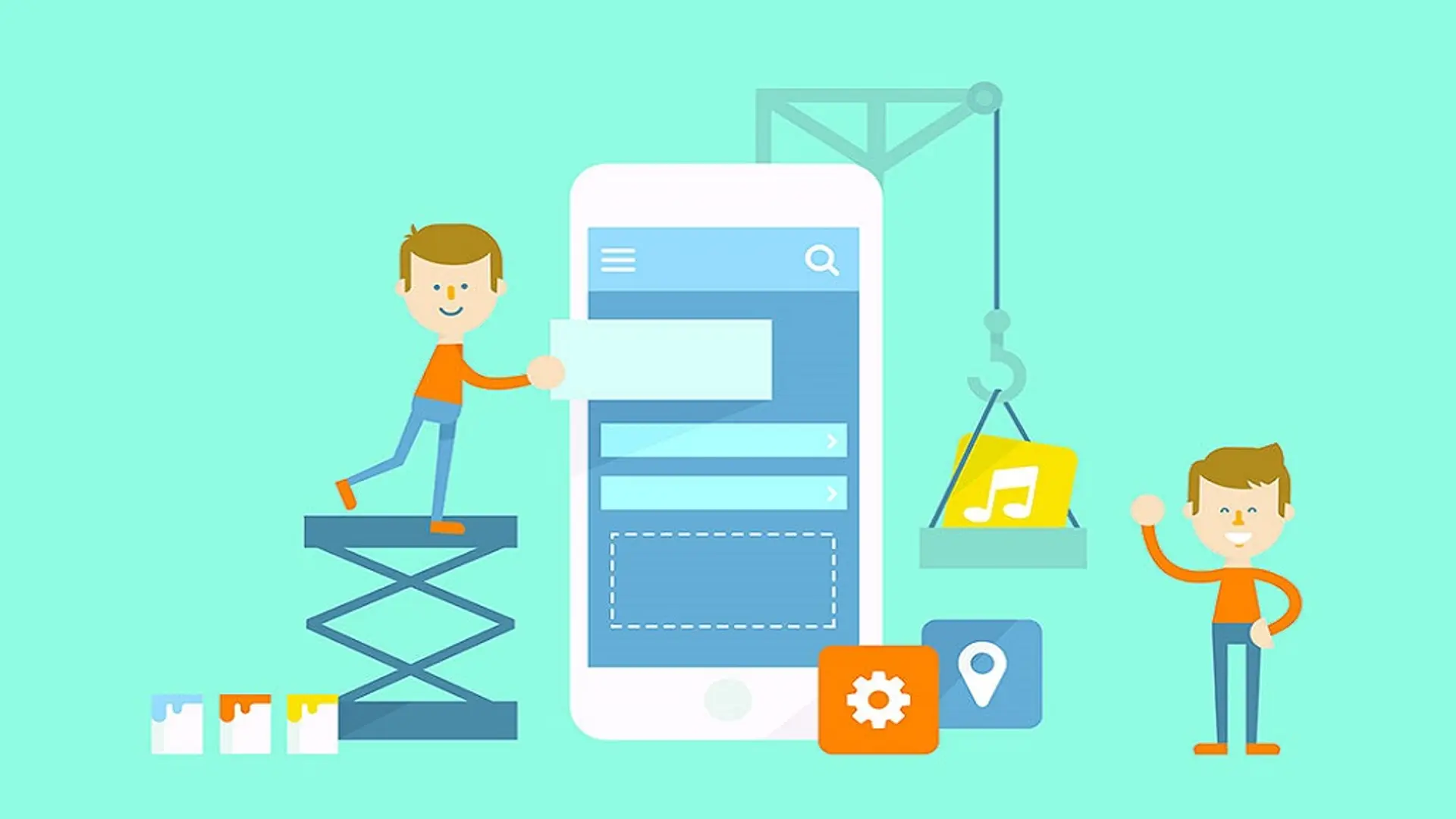

Mobile Apps: The Revenue Models for Every Developer
Here are the revenue models of mobile applications that every app developer should need to know.
Whether or not your mobile application is successful or not depends on a variety of factors: How engaged your audience is, how big your audience is, number of downloads, and so on. But the primary metric for the success of mobile app development is whether or not it can generate revenue. Whether it’s the stakeholders, the investors, or the mobile app developers, the success of an app is contingent upon whether or not it can bring in money.
With that said, there are more than a few ways you can generate income from your mobile app. But it’s important to keep in mind that there’s no single solution for every app out there. What works for one app in one market may not work for another. Different mobile apps will have different usages, different goals, different users, and thus, different strategies for monetizing. These things should, of course, be analyzed and implemented before your app launches, but if you haven’t already done so, it’s not too late. For mobile app development, we’ll look at a few methods of monetizing your app that has proven to be successful.
But before we jump right into how to monetize your app, you need to take a close look at your app and answer these questions:
- What solution does your app provide for your users?
- What makes your app different from other apps that provide similar solutions?
- What revenue model do your competitors use, and how is it going for them?
Once you’ve answered these questions, you can start thinking about what revenue model to use for your app.
1. In-app Advertising Model
One of the more popular ways for mobile app developers to monetize is through advertising in their app. This means that the app itself is completely free for the user to download, and so the barrier to entry is quite low. In-app advertising is especially popular among mobile games. The goal with this method is to get a high amount of users so that the mobile app is able to generate a moderate amount of revenue. When generating revenue in this way, the data from the user is shared with the app publishers so that they can serve ads that are appropriate and relevant to the users.
2. Freemium App Model
In the freemium model, mobile app development is geared towards creating two versions of the app: One app will have limited features and be free to download, while the other one has all features that users will have to pay a premium price for. This is a good model for getting a large number of users but also offering them a way to pay to unlock other features. This model can be especially successful in certain kinds of productivity apps.
3. Paid Model
The most straight forward of monetization of a mobile app: You charge a price for your app, the user pays for the app and downloads it, you generate revenue. With the paid model, the barrier to entry for potential users is going to be higher. It’s going to be more difficult to build your audience than with other models. However, with the App Store and Google Play store, you can have free trials or periods where your app is free to download to try and improve adoption. But regardless, your app needs to be of the utmost quality to succeed in this model as you’re going up against a lot of competition that may be using one of the models with a lower barrier to entry.
4. Subscription-based Model
The subscription model is one that’s grown more and more in recent years. The general idea is to give the users a free download and a few days or weeks to try out your app. After that, they’ll need to pay a subscription fee to keep using it, which can be charged monthly or yearly. This model works especially well for content-based apps, such as Netflix and Pandora, but they can also work for productivity apps and games too. But your development needs to be on top of its game and consistent with updates, otherwise you’ll lose perceived value and then lose your customer.
These are a few of the straightforward methods for monetizing your mobile app. There are others, and you can even use multiple models if you get creative, but remember to analyze what will work best for your particular app, and go with one that will strike a balance between profits for you and value for your users.






